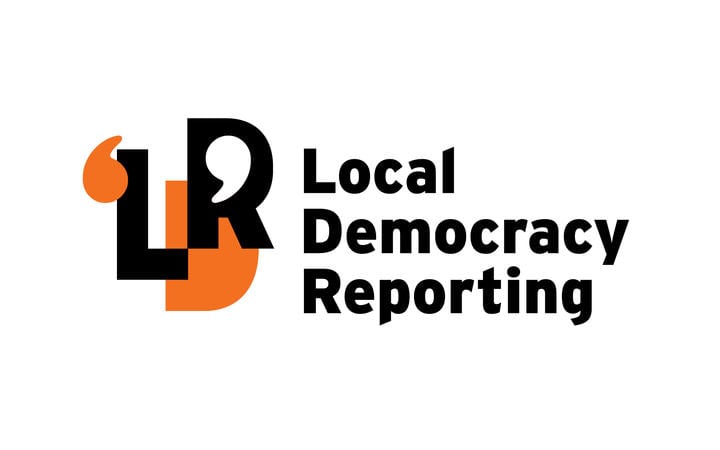Four sections of kina have been removed in the Marlborough Sounds in an attempt to research whether it will aid the recovery of seaweed. Photo / Supplied HGF
Four sections of kina have been removed in the Marlborough Sounds as part of a research project to rejuvenate seaweed and kelp on reefs.
It comes after widespread loss of kelp and other seaweed species in Tōtaranui/Queen Charlotte Sound have been linked to climate change, increased sedimentation and increases in kina.
University of Auckland associate professor of marine science Dr Nick Shears told Marlborough councillors during a presentation to the environment committee that kina had been removed from four sites, including Ruakākā Bay, Blumine Island/Ōruawairua, Meretoto/Ship Cove and Motuara Island.
Shears said the project, part of a Sustainable Seas National Science Programme, worked broadly on how the marine environment could be better managed to "ideally reverse" impacts of seaweed loss, and also make ecosystems more resilient to future changes.
He said healthy reefs were generally dominated by large seaweeds and kelp, and had high numbers of predators such as blue cod and crayfish. The reefs also supported diversity and played an important role in restoring carbon.
Shears showed images of Meretoto/Ship Cove in 1958, which at the time were dominated by large brown seaweeds.
"If we fast-forward, the reefs are relatively bare and covered by sea urchins," he said.
"There's a number of factors at play and stresses impacting on the Sounds. Sediment run off, forestry, long term over exploitation through fishing, and then on top of that we have climate change."
He said to understand what was driving these losses, a survey was carried out in 2018, using a camera through the Queen Charlotte Sound and some of Tory Channel.
"What we found, was I guess a little bit depressing, in that large areas of the Queen Charlotte Sound were dominated by kina, and large seaweeds were lacking.
"In the inner and mid-parts of the Queen Charlotte Sound, most of the reefs are bare and dominated by kina, but when you move out into the Tory Channel you see more seaweeds and large kelps."
He said the survey showed kina emerge as the main factor limiting kelp forest. A lack of predators boosted the kina population.
And while kina removal was not a solution on its own, it was potentially a tool for restoration, he said.
Work to remove kina in the Hauraki Gulf had seen seaweed rejuvenate.
In the inner areas of Queen Charlotte Sound there was little seaweed, which was expected to slow down recovery of the kelp. In the outer parts of the sound, Motuara Island for example, there was still reasonable amounts of seaweed in the shallows.
At each site, researchers cleared kina from about a hectare of reef. The urchins were golf ball sized, and therefore not actually suitable for kai.
"We had to go through quite a process understandably, in order to get a permit to do this work and work with iwi.
"What we expect is these seaweeds will encroach back down the reefs, and we'll be monitoring that.
"In November we plan to transplant juvenile kelps so that we can monitor their survival over the summer. We suspect some species might be quite sensitive, like the giant kelp."
Speaking after the meeting, Shears said one of the few ways to rebuild the predator population would be to stop fishing.
"We might be able to remove the kina and the kelp will come back, but that's only going to be the temporary effect, unless we can do something else to control the kina numbers," he said.
He said he was really surprised by how quickly seaweed had revived in the Hauraki Gulf.
"But this is where it will be interesting to see where in a different system, with different stresses how the reefs respond," he said.
"We've set up sites across the Queen Charlotte Sound across a range of conditions. Also, we'll be looking at how the quality of the kina change."
The study was also forming part of University of Auckland student Dallas Lafont's PhD.



